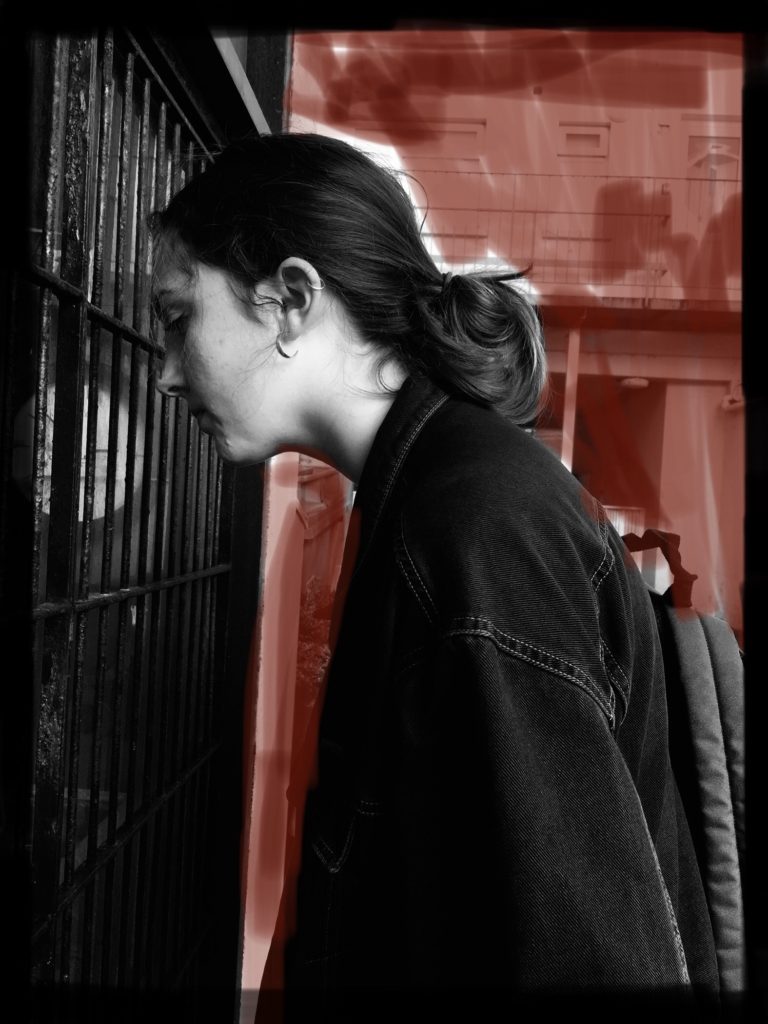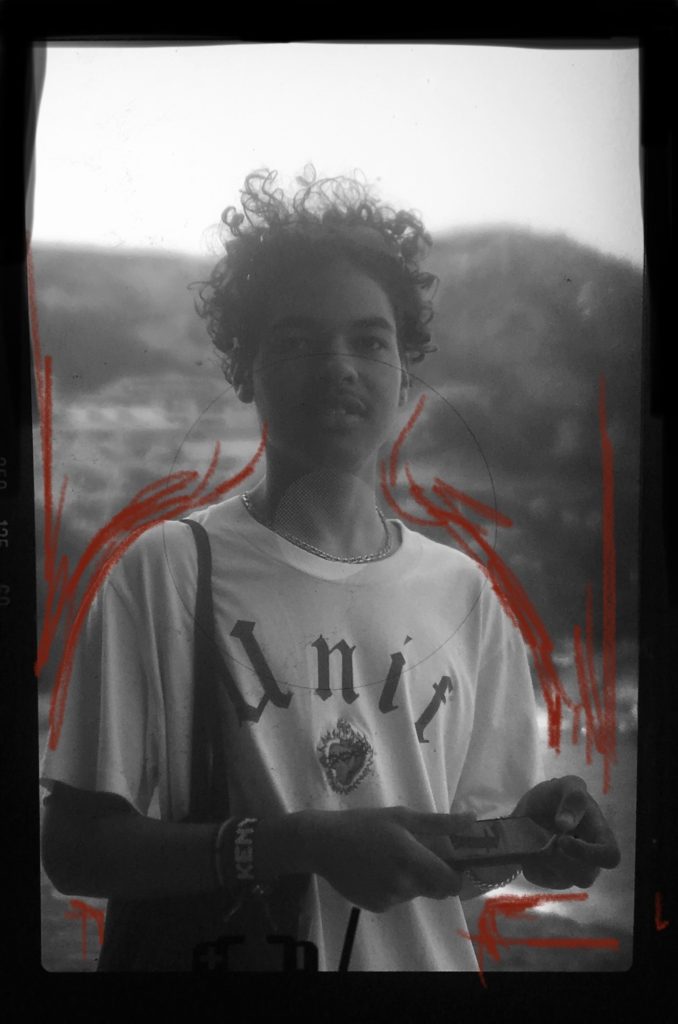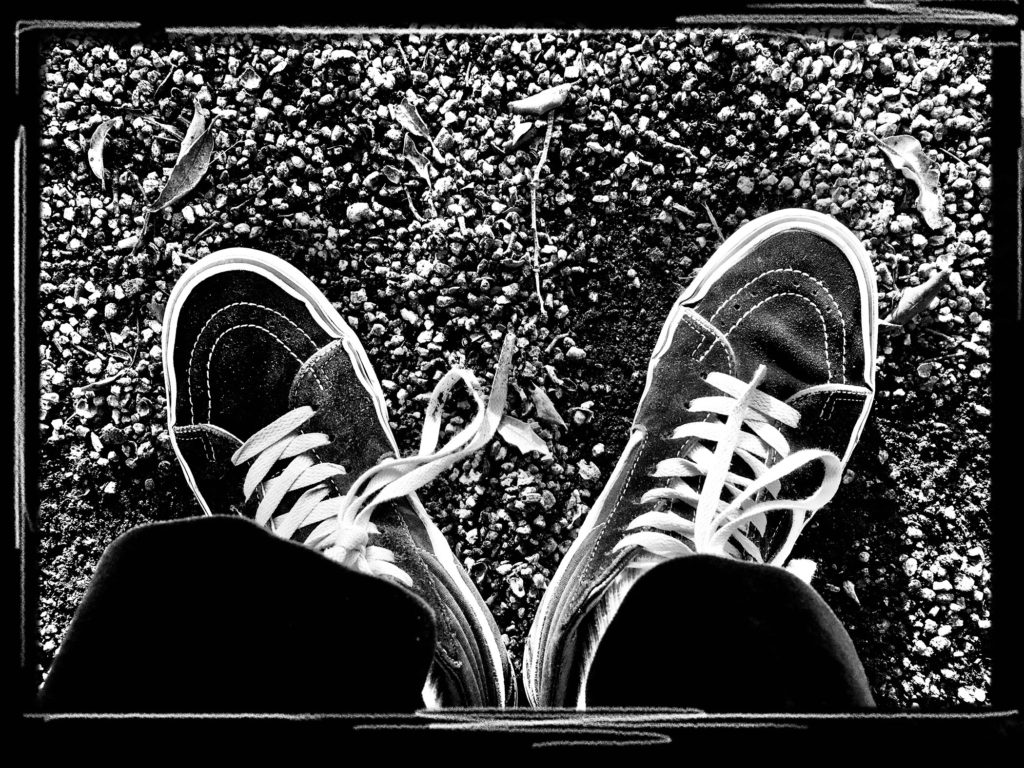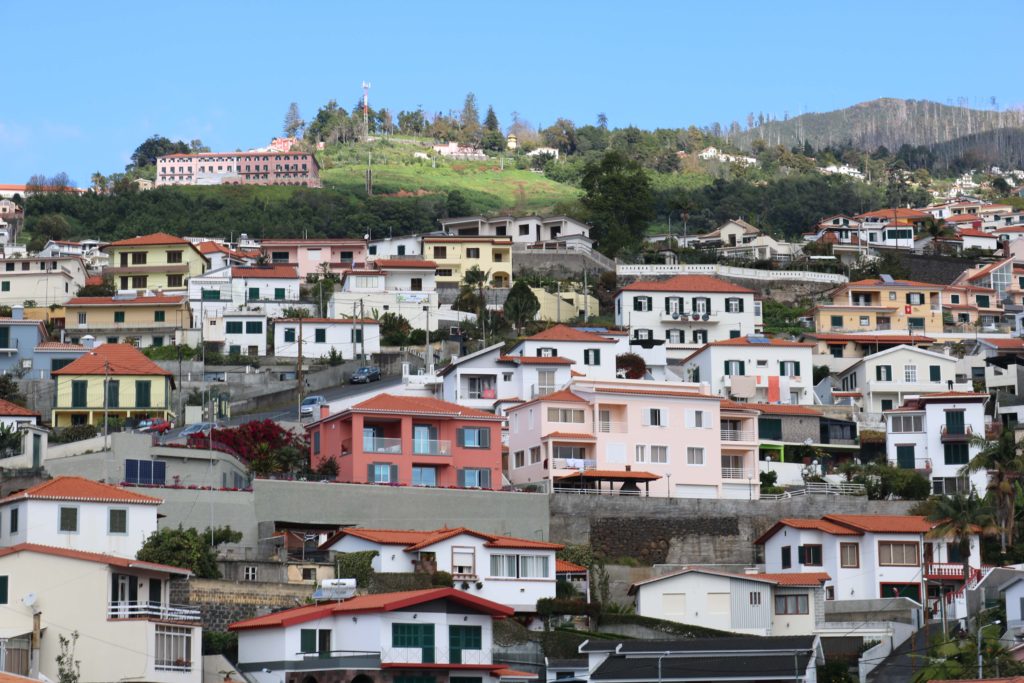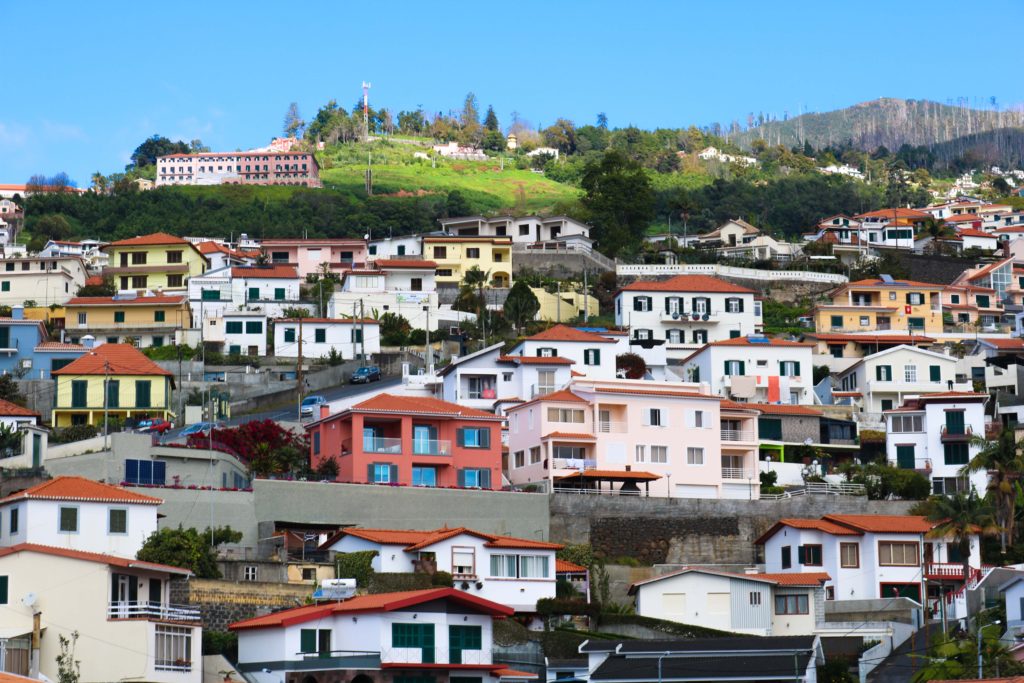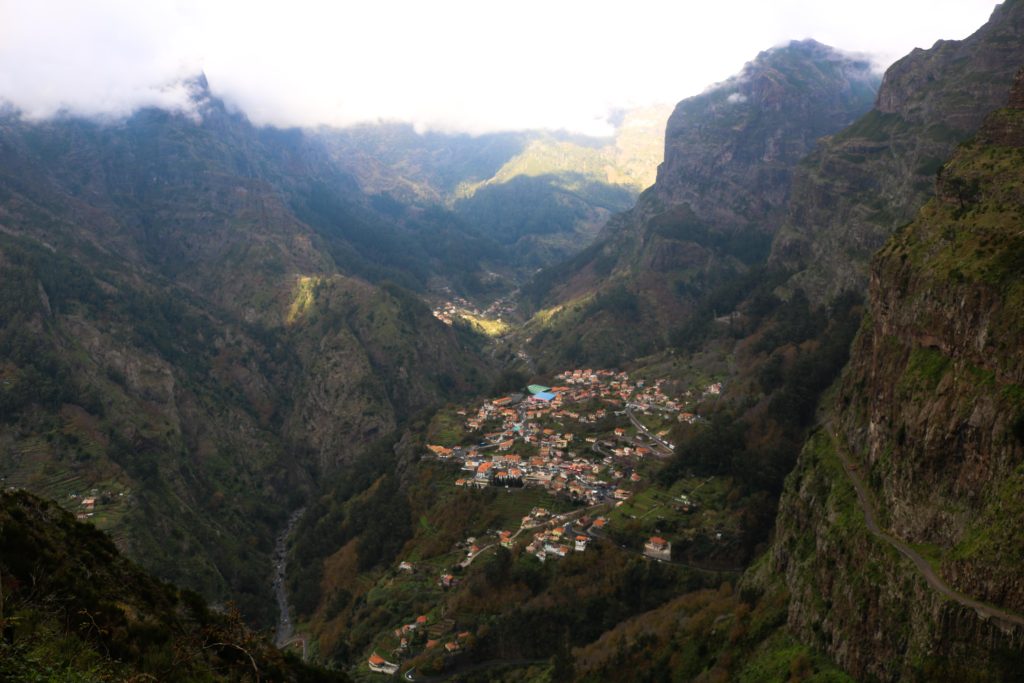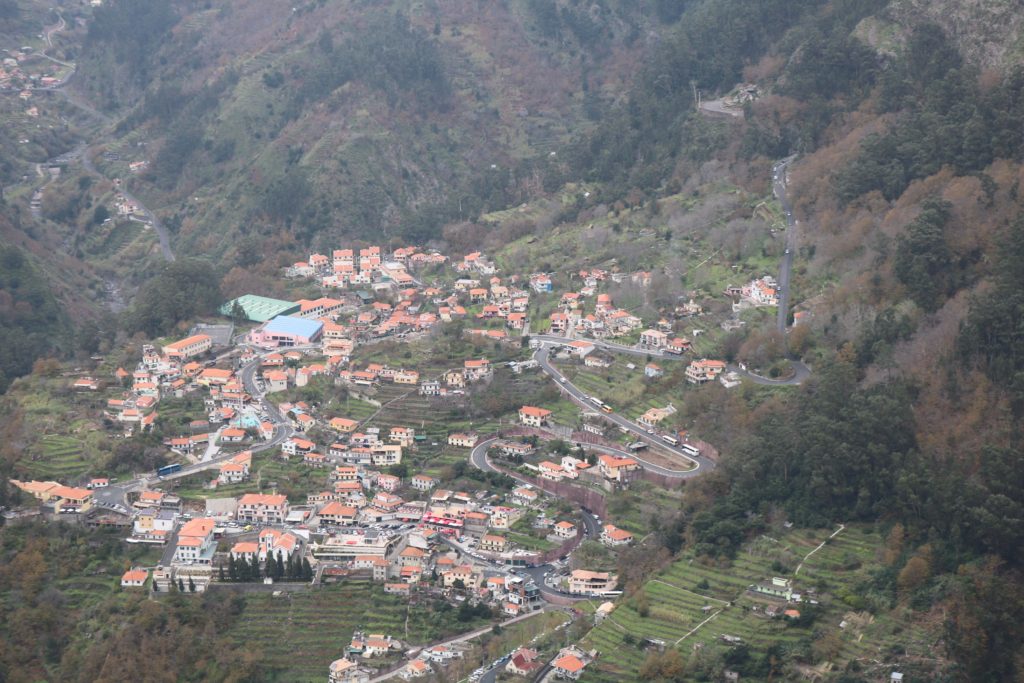Essay Question: How and why does Lauren Greenfield explore class, status, wealth and extravagance?
Introduction and context:
My area of study is an exploration of class, status, wealth and extravagance. I am exposed to varying levels of wealth accumulation living in a small island that is a tax haven, is neither part of the EU or of the United Kingdom and where there are both obvious signs of poverty and more commonly, wealth here in obvious abundance. Jersey attracts High Net Worth individuals from around the globe, and the banks here hold enormous reserves. We are influenced by this in our daily lives and both capitalism and consumerism are over-powering aspects of life in Jersey. There is often a clash between “old money” with class, education, status and influence…and “new money” with brashness, ambition and aspiration.
Jersey employs many polish, migrant workers some whom are highly skilled in other areas but are in fact working in unskilled jobs with limited rights, housing and care packages. In an island that was once occupied by Nazi forces that employed slave imported labour during World War 2 these present-day workers may feel oppressed by their employers. But Poland has a resurgent economy itself, one built largely on agriculture and so it seems ironic that Polish migrant workers are still drawn to this place.
Artist credit below to: Alicja Rogalska Written text credit to: The morning boat
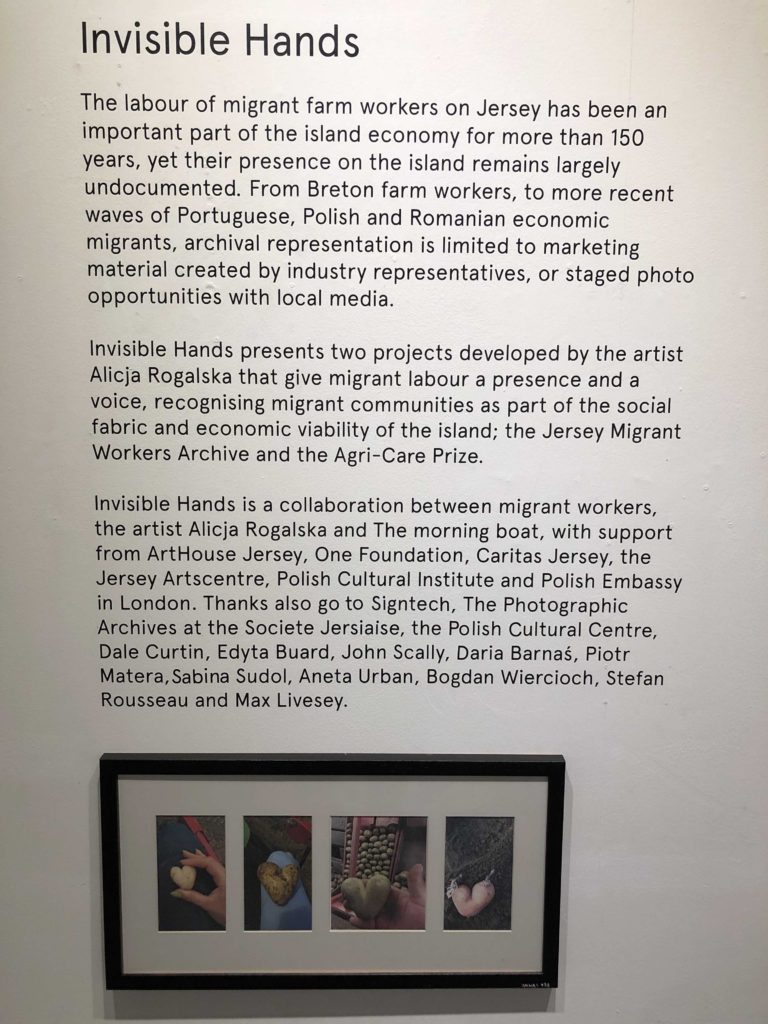
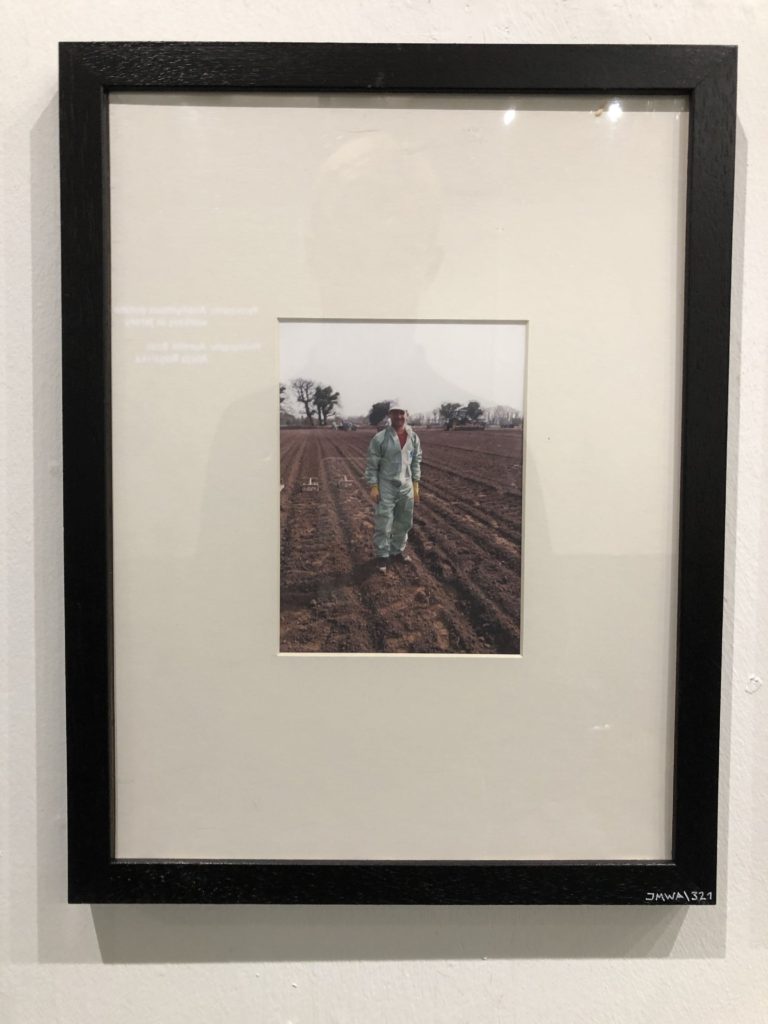


An exception to this is my friend Max. He is from an affluent Polish background and feels very much “liberated”. He has grown up in very comfortable surroundings, and will no doubt become a part of his family’s growing business empire. There may be power struggles looking, and expectations, pressures and demands on his time, ambitions and way of life .I wanted to capture how Max behaves and be able compare his life to mine, but also to how this is in contrast to many migrant workers from the same part of the world.
Documentary photography, that stems from realism, can reveal and exploit stereotypes quite easily. It can be difficult to have a neutral gaze and observe without prejudice…and for this assignment I sometimes feel that I am an insider looking inwards, but at other times an outsider looking in too.
Lauren Greenfield is a renowned photographer who works in the field of photographing those of privileged backgrounds and who hold high amounts of wealth and/or fame. She is a strong benchmark of which I will be using to explore and aim to produce similar work to, following her grand theme of exploring ideas of wealth and affluence. I will respond to her work by aiming to photograph my friend Max who is of similar background to those Lauren photographs, looking to capture him in moments that demonstrate a lavish/luxury lifestyle in comparison to the average person and compare my images to Lauren’s work and to work created in a local exhibition around the below average lifestyle of migrant workers at the other end of the spectrum who have come to the island to work and are in essence still under a feeling of occupation.
Historical/ theoretical context within art, photography and visual culture relevant to your area of study:
The context of which my work operates in comes along the lines of documentary, realism photography. The term ‘Realism’ can mean to depict things as they are without idealising or making abstract. It is a 19th century art movement, particularly strong in France, which rebelled against traditional historical, mythological and religious subjects and instead depicted scenes from life. Photography grew up with claims of having such a special relationship to reality, and its premise, that the camera’s ability to record objectively the actual world as it appears in front of the lens was unquestioned.
This supposed veracity of the photographic image has been challenged by critics as the photographer’s subjectivity (how he or she sees the world and chooses to photograph it) and the implosion of digital technology challenges this notion opening up many new possibilities for both interpretation and manipulation. A belief in the trustworthiness of the photograph is also fostered by the news media who rely on photographs to show the truth of what took place.
However, for the most part it can be said that in photography, realism is not so much as style, but rather one of its fundamental qualities. From its beginnings in the 1830s and 40s, photographers and viewers of photography marvelled at photography’s ability to capture an imprint of nature. The fathers of photography, Louis-Jacques Mandé Daguerre (1787-1851) and William Henry Fox Talbot (1800-1877), both described it as a medium that allows nature to represent itself, seemingly without the intervention of the artist. Photography’s capacity to depict people, objects and places realistically made it suitable for trying to record and document individual likenesses, scientific discoveries and foreign places – concerns that were of particular interest for 19th-century Europeans. From the early 20th century, photographs were regularly published in newspapers as part of the representation of local and national events.
Realism in photography can be seen as a pre-cursor to documentary approaches to photography and can have many subcategories that come under its general umbrella, one of which relates to my project very well which is Social Reform Photography. The rural poor or the urban environment were not subjects for Pictorial photographers. But when a Danish immigrant, Jacob Riis published his book, How the Other Half Lives’ about the slums of Manhattan a new kind of realism was born with a socialist dimension. A number of photographers such as Lewis W Hine and Dorothea Lange began to document the effects of industrialization and urbanization on working-class Americans. Their work brought the need for housing and labour reform to the attention of legislators and the public and became the origins of what we now call photojournalism. This shows direct ties between my work and this category of realism photography due to the nature of capturing people from a certain background (albeit the other end of the spectrum to the subjects described above), and the day to day encounters these people come across which give insight into the events happening in their life and how their differ from one’s self.
Key Realism Images:
Tish Murtha,Youth Unemploymentseries, 1981

Sirkka-Liisa Konttinen and Tish Murtha are both celebrated photographers known for their individual documentation of the lives of communities within the North East of England.Konttinen, who originated from Finland, studied photography in London in the 1960s, moving to Newcastle Upon Tyne in 1969. There she co-founded Amber Films, a film and photography collective with an aim to reflect local lives with both respect and gritty realism. Konttinen herself spent seven years photographing her neighbours in the working-class East End of the city in which she lived, which culminated in her book Byker. The series captured a community on the brink of dispersal and drastic change, as many of the houses were about to be demolished making way for new housing developments. Her work is a window into a 1970’s life which was shared by many communities across the land during an era of great social change.

Sirkka-Liisa Konttinen, Byker, Young woman in Mason Street, 1971
Unlike Konttinen, Murtha was raised in a Newcastle council house and aimed to reflect the community on her own doorstep. Born into a large family of Irish descent, in the impoverished West End of the city, her 1980s work captured an era incorporating the bleak effects of Thatcher’s Britain on northern communities. One of the photographer’s first exhibitions was called Youth Unemployment (1981), a series which was even used as a source of debate in the House of Commons. While often preserving a sense of both warmth and humanity, Murtha continued to use her photography to raise many social and political concerns for her hometown, as well as for the country as a whole.
Artist Study:
Lauren Greenfield Is an American artist, documentary photographer, and documentary filmmaker. She has published four photographic monographs, directed four documentary features, produced four traveling exhibitions, and published in magazines throughout the world.
She is extremely well renowned predominantly for exploring class, status, wealth and extravagance within her own work, primarily through documentary photography.
Generation Wealth:

Her main body of work surrounding this field is named “generation wealth”. This project is multi-platform and had been worked on from 2007 to 2017 through first-person interviews, with Greenfield starting in Los Angeles and spreading across America and beyond. It was based around the visual history of our growing obsession with wealth and it demonstrates a revelatory cultural documentation of wealth for viewers to explore, looking into depth at and documenting how we export the values of materialism, celebrity culture, and social status to every corner of the globe. Greenfield also uses this project to put across this modernised attitude people have acquired of wanting to get rich at all costs which has boomed in recent years. Such as the stories within this project like those of some of the students, single parents and families interviewed, who are overwhelmed with debt, yet determined to purchase luxury houses, cars, clothing and holidays. Some of Lauren’s most popular and influential work that relate very well to the area that I am studying within documentary photography are as seen below in her projects named, “Fast Forward” and the more popular of the two, “Generation Wealth.” This visual history of the growing obsession with wealth uses first-person interviews in Los Angeles, Moscow, Dubai, China and around the world to bear witness to the global boom-and-bust economy, and to document its complicated consequences including materialism and the desire to be wealthy at any cost.

The Los Angeles children encountered early in the book have become defined by the search for status through material acquisition. They buy multi-thousand-dollar handbags to take to class. Other kids in their grade are given BMWs when they turn sixteen. They compete over whose family can afford the best designer clothes, the most elaborate bar mitzvahs, the biggest houses. A 12-year-old whose working-class mother is bankrupting herself to finance the girl’s love of Ed Hardy designer tank tops is interviewed at one point. She explains how she knows she is putting great financial strain on her mom, and says she sort of feels bad about it, but explains: “I want the world; I want designer clothes, I want eternal happiness, the fountain of youth. I want to be able to afford ritzy private schools. I want the best of everything. Money is most definitely important for everything on my list of what I want.”
Fast Forward (Growing up in the shadow of Hollywood):
“Fast Forward” is a powerful look at Los Angeles youth culture and its influence on the rest of our society. From the affluent children of the Westside to the graffiti gangs and party crews of East LA, young Angelenos reckon with an overwhelming barrage of advertising and entertainment images emphasizing money, possessions, and eternal youth. This collection of 79 colour photographs, accompanied by interviews with the children and their parents, reveals the realities of growing up fast in a culture that is at once irresistible and unforgiving. A compelling precursor to Greenfield’s widely praised “Girl Culture,” “Fast Forward” is a telling document of the direction in which today’s ultra-image-conscious culture is pointed. It also documents the experience of growing up in Los Angeles, and the ways children are influenced by the values of Hollywood. The quest for “fame,” the preoccupation with trends, the culture of materialism, and the obsession with image that characterizes Hollywood is reflected in the everyday lives and rituals of L.A. youth. A recurring theme in the project is the fleeting quality of youth. As one teenager says, “You grow up really fast when you grow up here. L.A. is so fast-moving, and kids really mature at a young age. Everyone is in a rush to be old, to be going to the clubs, going out… It’s not cool to be a kid.”

Image: Mijanou and friends from Beverly Hills High School spending their Senior Beach Day at Will Rogers State Beach in Los Angles. Mijanou won the title of “best physique” at Beverly Hills High.
The photo that really launched Lauren’s career was called Mijanou and friends from Beverly Hills High School on Senior Beach Day. A picture taken in 1993 in Santa Monica, California, as part of this project. Greenfield came to make this picture circuitously through an internship at National Geographic, which was the professional experience to which Lauren’s career is also indebted. In the process of making this photograph and the project for which it became the iconic image, Greenfield explains how she found her voice as a photographer. The photograph of Mijanou ended up being the cover of the book and was published and exhibited internationally. Mijanou wasn’t rich, but she lived in a world where her friends were. She explained to Greenfield about the pressures of her world and how it was hard when you could not keep up, but she also recognized that her beauty allowed her entrée into the popular clique.
Conclusion:


Comparison to Invisible Hands:
Having compared my work to the Invisible Hands exhibition project and the resulting effect (that exposed an insight into living conditions for many Polish immigrants) a number of things can clearly be seen. However, one main idea jumps out for me which is that Max, the subject in all of the photographs can be seen in a sense as a successful migrant who is very much ‘liberated’. He is a product and an extension of a well-educated and newly successful Polish economy but stands out as an exception in Jersey amongst his fellow countrymen.
With this imagery of nice cars, expensive clothing and luxury holidays travelling to exotic locations Max fits in more naturally with the expectation of the stereotypical wealthy Jersey banker / investor / businessman.
This therefore creates a strong juxtaposition to how the migrant workers are living and means that because they are tied down to this life of manual, hard, outdoor labour. They can be seen as people who are still ‘occupied’ and are not free due to their living and working lives/conditions, which for the most part is not due to their choice and would be very hard for them to leave and/or change.

My strongest image analysis: Max and his father. Bali, December 2019.
This image could be called in some ways a fluke. It was not anticipated and by no means planned, which also adds to a rather natural, deeper, underlying context people may like to think about when viewing this image. It was captured after Max had asked me to compare the height of him and his father back to back in a photo to show who was taller.
Although it being a seemingly innocent and mundane request, it got me thinking about this idea of Max wanting to know who is taller for a reason. It gave an impression of this desire of his to, in a way, fill his father’s shoes and/or follow in his father’s footsteps. As if he was trying to size up how far he had to go before he would be able to become this man he’s looked up to and been in the wake of his whole life, following in his footsteps until one day, filling them.
Overall throughout this project, having followed the theme of documentary photography, it can leave questions challenging the truth or reality of what is being observed and sometime even the honesty behind it. For example, when a piece of documentary photography is carried out, it is following guidelines of what the photographer “sees” and how they have interpreted what they are studying over a prolonged length of time.

Representation becomes an issue at this point, and the integrity of the photographer can come into question. Both Lauren Greenfield and I have garnered the trust of our subjects and built up a level of trust. This means that there is a responsibility to show the subject in a fair way, without prejudice and hopefully with neutrality. In a sense, we have both acted as insiders looking in, but we could argue that we are outsiders looking in too. A connection, emotional or otherwise, with the subject will often open opportunities…but in turn create a new set of challenges. A sympathetic and sensitive view is always required.
This, without doubt varies between any different person due to human nature and can allow for people to come up with different approaches to the same task and give different perspectives that may shed a particular person, place or ‘thing’ in a different light. This means that due to the variation in and amongst documentary photography, it could be a possibility that biases can be introduced into documentary photography, just the same as they could be implemented into other photography genres such as for example, portraiture.
Therefore, allowing for documentary photographers to be able to create imagery or manipulate imagery in ways that create opinions by viewers in favour of what it is the photographer wants them to see. This can also mean that documentary photographer can tell you a lot about the photographer themselves due to their work being a reflection of what they choose to read or pick out as important from a person, place or situation.

Bibliography:
- https://www.generation-wealth.com – Downloaded 16 Jan 2020
- https://www.artgallery.nsw.gov.au/education/learning-resources/education-kits/photography/realism/ – Downloaded 10 Feb 2020
- https://womensartblog.wordpress.com/2016/07/05/social-realism-photographers-of-n-e-england/ – Downloaded 10 Feb 2019
- https://en.wikipedia.org/wiki/Lauren_Greenfield – Downloaded 11 Feb 2019
- https://www.goodreads.com/book/show/253634.Fast_Forward – Downloaded 11 Feb 2019
- https://time.com/3739933/my-most-important-photograph-lauren-greenfield-los-angeles-1993/ – Downloaded 11 Feb 2019
- https://www.currentaffairs.org/2017/08/generation-wealth – Downloaded 11 Feb 2019
- https://www.icp.org/browse/archive/objects/cruising-on-saturday-night-hollywood-boulevard-los-angeles – Downloaded 12 Feb 2019
- https://www.icp.org/browse/archive/objects/crossroads-school-prom-union-station-downtown-los-angeles – Downloaded 12 Feb 2019




